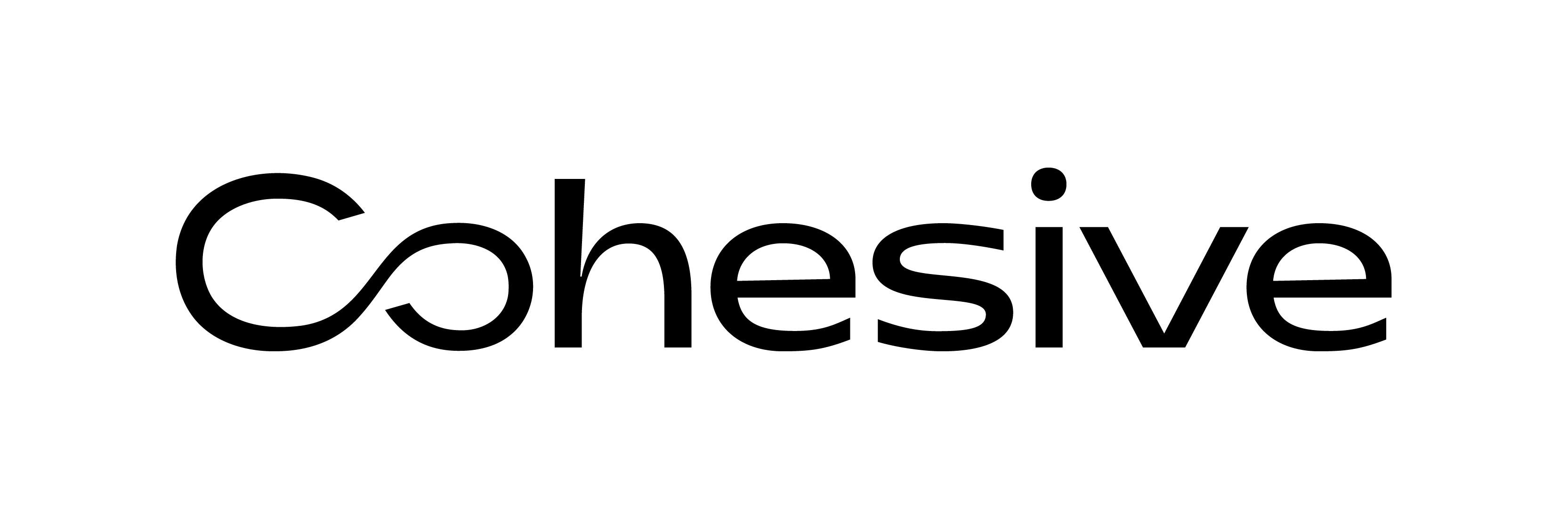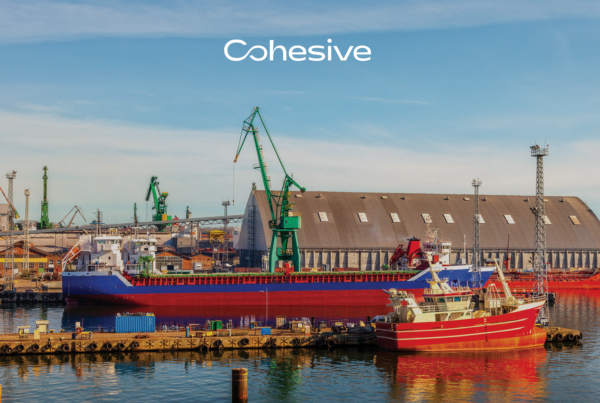Background
The Lesotho Highlands Water Project (LHWP), managed by the Lesotho Highlands Development Authority (LHDA), is a multi-phased project to provide water to the Gauteng region of South Africa and to generate hydroelectricity for Lesotho. It was established by the 1986 Treaty signed by the governments of the Kingdom of Lesotho and the Republic of South Africa.
The project entails harnessing the waters of the Senqu/Orange River in the Lesotho Highlands through the construction of a series of dams for the mutual benefit of the two countries. Phase I of the project was completed in 2003 and inaugurated in 2004 and Phase II has recently started.
The Challenge
The LHDA required an Enterprise Asset Management solution capable of managing the entire asset infrastructure from civil, water and electricity assets, distributed over remote sites at Muela, Katse and Muhale Dams while operating over an unstable network. The solution had to be able to provide each site with the required business functionality of asset, work, inventory, and procurement management while integrating into a centralised financial system in Maseru. As with most remote African sites, network connectivity remains a huge challenge. The three remaining sites had to deal with the challenge of being able to continue with their maintenance and procurement operations, while unable to connect to the server installed at Maseru.
The LHDA selected IBM Maximo as an Enterprise Asset Management system which was initially launched at Katse Dam. Cohesive (Vetasi) was contracted to roll out IBM Maximo to all sites and integrate it into the centralised financial system.
The Cohesive (Vetasi) Approach
Cohesive (Vetasi) proposed a data replication concept based on the latest release of IBM Maximo that would enable remote end users to have a permanent connection to Maximo, even while network communication has been lost with the main server.
The concept utilised a local installation of Maximo at each site, to ensure business process continuity for when the networks are down. Data is then replicated to a centralised server in Maseru where the financial system resides. All site-specific information from the centralised server is then replicated back to the sites. The solution provides seamless business operations on-site independent of network stability.
Value Delivered
The LHDA realised several key benefits from the implementation of IBM Maximo including:
- Optimum system availability when cross-country networks are down
- Centralized reporting enabled through replication
- Integrated financial processes, documented, applied, and embedded
- Financial reporting optimized
- Eliminate paper-based requisitioning
- Improved application limitations on browser dependency
- Improved application performance
- Improved Inventory reports and KPIs
- Improved material and spare parts management and planning
- Requisitions managed in Maximo and interfaced with Financial System
- Receipts managed in Maximo to enable seamless business operations managed through data replication
Client testimonial
“Cohesive (Vetasi) has successfully applied a replication solution that allows our end-users to continue working on the system when network connectivity has been lost. As a result, system availability and resource utilisation has been optimised, which in turn has a positive spin-off for user morale and the time to resolve and report on faults.” Reentseng Molapo, Divisional Manager Development & Operations








